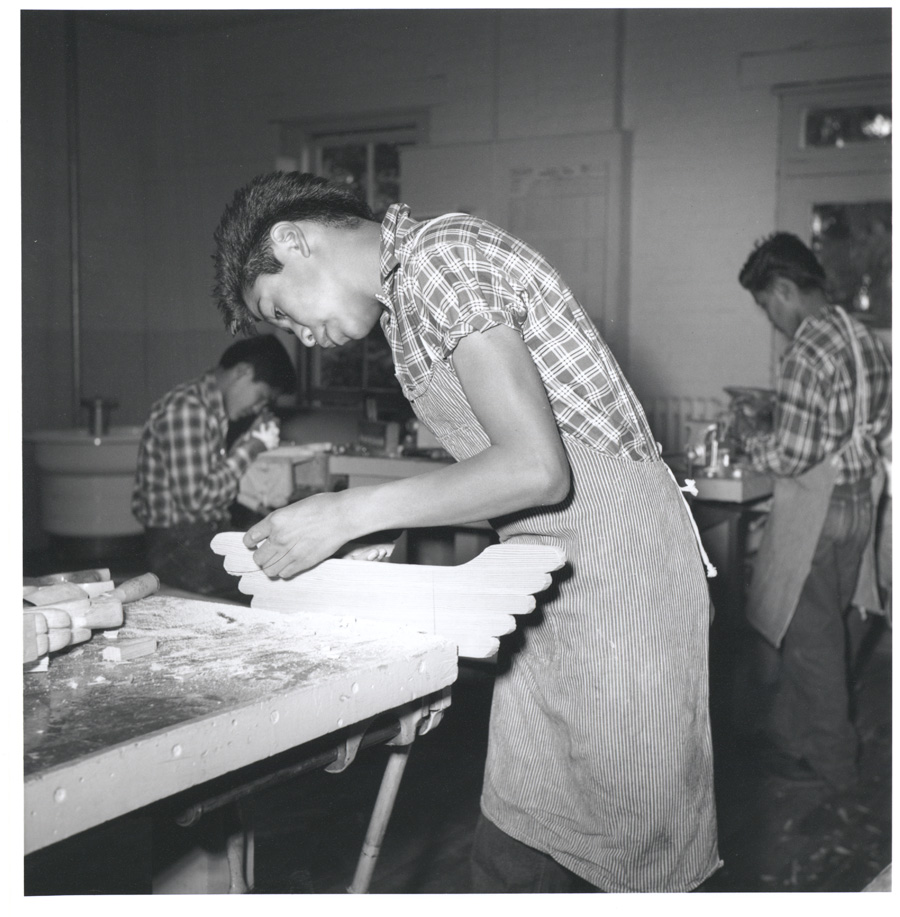
A World in Flames
In size, geographic scope, and sheer destructiveness, World War II dwarfs all other conflicts in human history. When it was over, hundreds of cities lay in ruin, and millions of people were injured, displaced, or impoverished. Fifty million people were dead. Although the war began in September 1939, the United States did not enter it until the Japanese attack on Pearl Harbor, Hawaii, on December 7, 1941. As late as 1936, the Japanese Imperial Navy was visiting Puget Sound but by 1942 Japanese Americans had been removed from the West Coast and interred in relocation camps.
Few elements of American society were left untouched by the war effort. Airbases and training centers were established or expanded in the Pacific Northwest to prepare soldiers, sailors, and airmen for shipment overseas. Electricity produced by the Columbia River dams and marketed by Bonneville Power Administration fueled the aluminum, shipbuilding, and airplane manufacturing industries providing increased opportunities for women and minorities to find employment in occupations that had previously been closed to them. Native Americans contributed to the war effort by fighting overseas and working in war industries but also continued many of their traditional pursuits such as fishing off the Washington Coast.
Major changes were taking place in Eastern Washington with the construction of the Hanford Engineering Works where the Federal government was developing the atomic bomb in secret. This development would lead to the end of the war with Japan in 1945 and usher in the Cold War era.







